Published on August 22, 2024
The International Olympic Committee (IOC) has called Paris 2024 the ‘youthful games’, embracing sports closely associated with youth, like skateboarding, sport climbing and surfing.
Paris 2024 is also the first iteration of the Olympic Games to operate under a comprehensive integrity framework. This framework tackles the pervasive problem of abuse in sport, demonstrating the IOC’s commitment to promote and respect human rights.
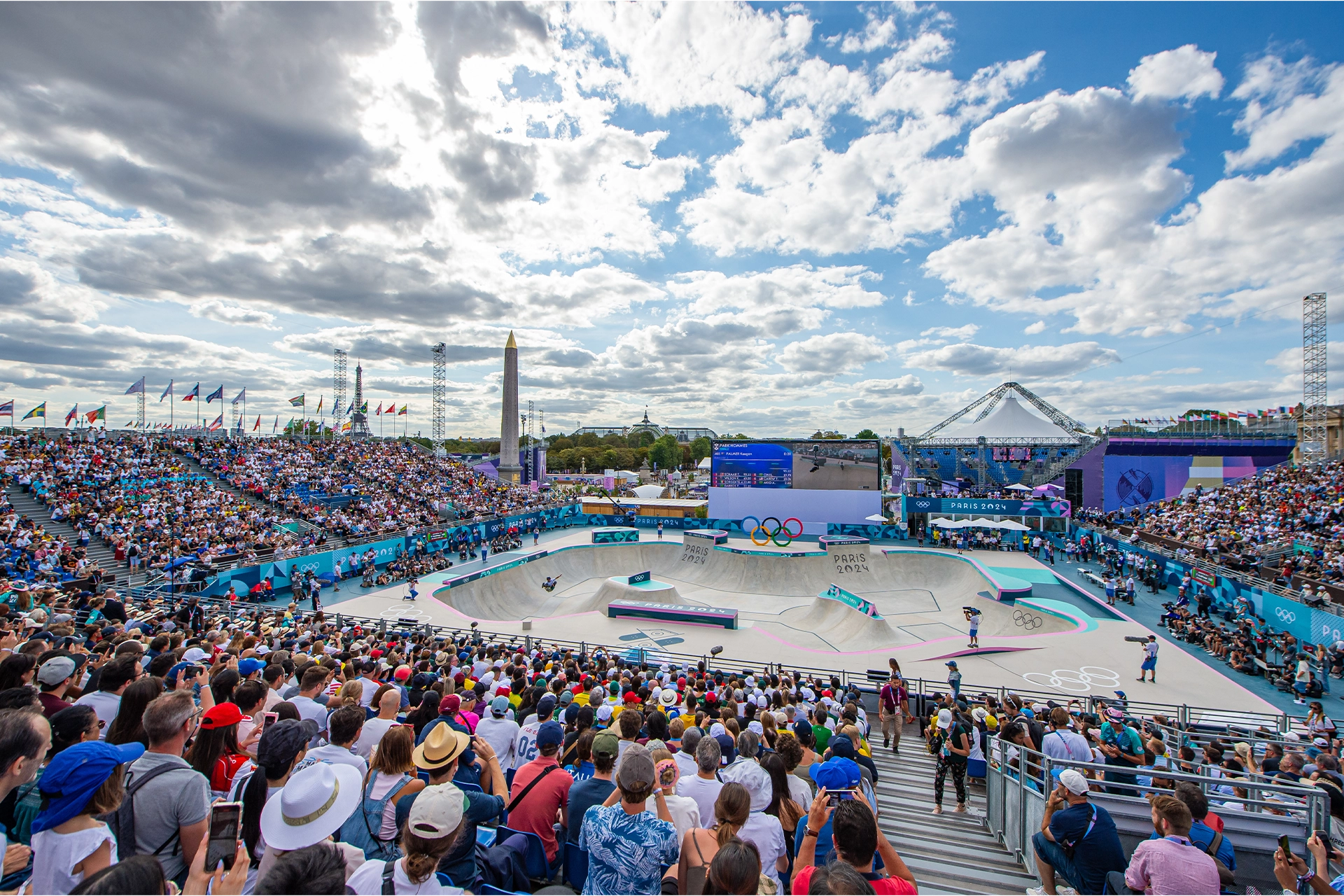
The prevention of abuse of athletes is now a central pillar upholding the integrity of sport. Yet many Olympic sports, including youth-oriented sports like skateboarding and surfing, have no minimum age, and this dramatically increases the risk of abuse of child athletes.
The youngest athlete to compete in Paris was an 11-year-old from China, and a 14-year-old skateboarder who became Australia’s youngest ever gold medallist.
Age is a risk factor for emotional, physical and sexual abuse and neglect of athletes across several sports, particularly sports known for their young participant base.
The highest rates of child sexual abuse involve children aged 10 to 14.
Further risk factors in elite sports include management practices that explicitly link rewards to medals; imbalanced power relationships; mandated age-inappropriate or physique-inappropriate training loads; or being forced to train when injured or in pain.
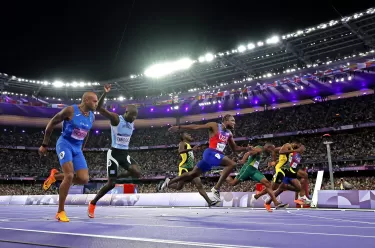
Health & Medicine
The biomechanics of going really, really fast
Add to this any potential relocation to distant training or competition facilities, as well as separation and isolation from family and school communities caused by the sport’s training demands.
Children learn to be silent about any abuse they endure so as not disrupt their chances of being selected for national teams.
Their silence can be further perpetuated by a culture that tolerates abuse underpinned by a belief that abuse can be “functional” – motivating athletes to perform better.
The valorisation and commodification of child elite athletes as assets as opposed to rights’ bearers increases the risks of their individual physical, emotional and developmental needs being neglected, particularly during the sensitive period of early adolescence.
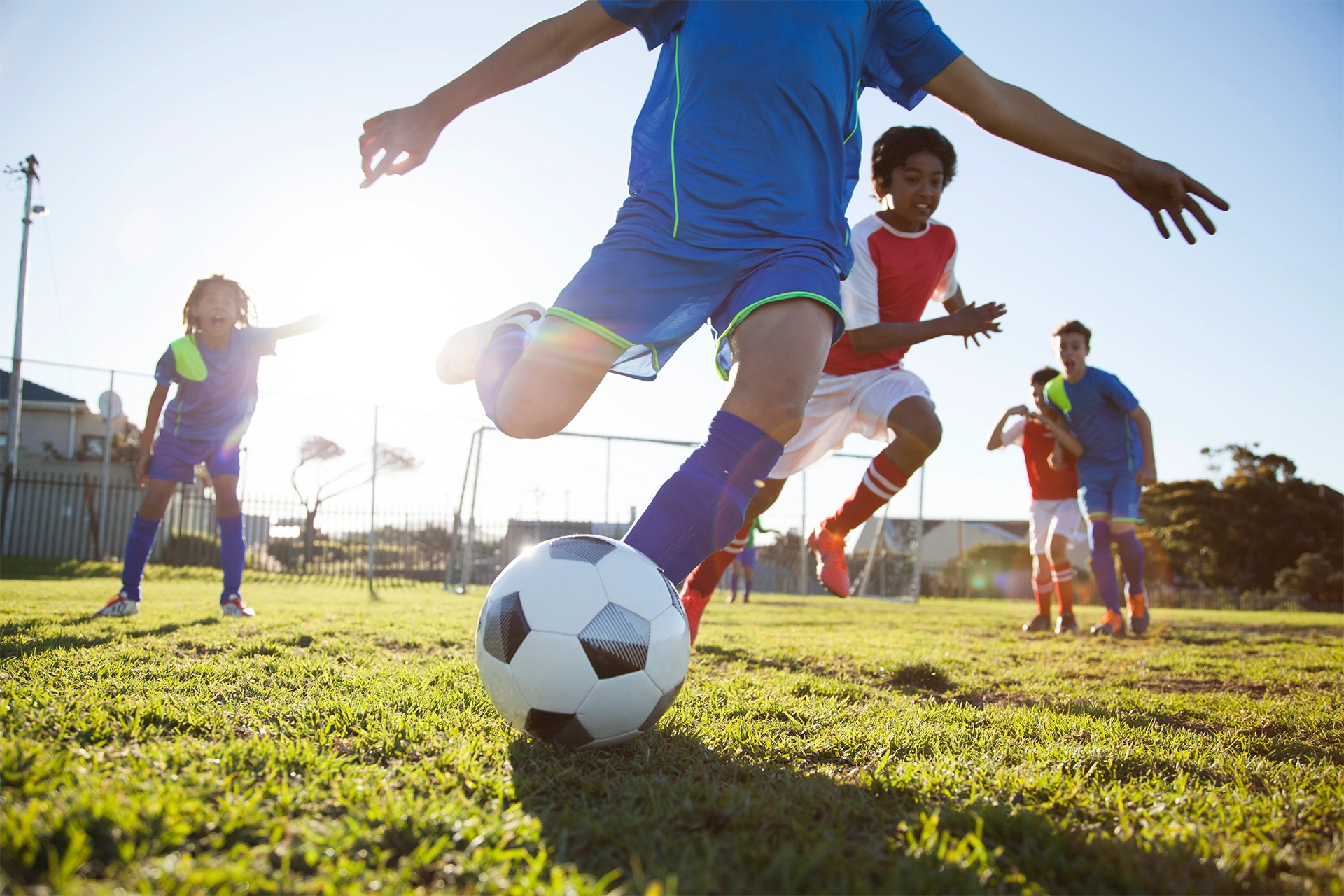
As an Olympian (Victoria), survivor-advocates of child sexual abuse in sport (Aurélie and Alison) and academics (all of us) actively researching abuse in sport, we are acutely aware of the risks in the IOC’s strategy to engage the youth.
We are also focused on ways to overcome the risk factors so that children participating in sport are better protected.
The problem of abuse in Australian sport
In an Australian survey of 886 adults, 82 per cent of respondents had experienced physical, emotional or sexual abuse at least once when playing sport as a child.
Sport Integrity Australia (SIA) is the government organisation responsible for managing complaints in organised sport.
In 2023, it managed 881 integrity matters; of these, 310 related to doping, but the highest number of reports – 376 – related to safeguarding of children (with just over half of these alleging harmful behaviour by a coach).
But we also know this data will be significantly under-reported.
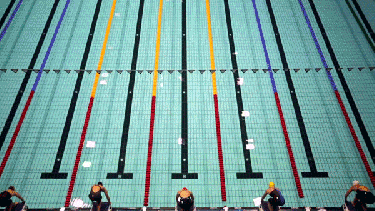
Health & Medicine
Olympians shouldn’t pay a punishing mental price for gold
The 2021 report by the Australian Human Rights Commission found only half of matters involving sexual assault in gymnastics were referred to law enforcement. And bear in mind, 91 per cent of Australians participating in gymnastics are under the age of 12.
A failure to report child sexual abuse or a failure remove the risk of child sexual abuse in sport organisations is a crime in Victoria under Section 320 and Section 490 of the Crimes Act (1958) in Victoria.
Another Australian study showed that of those who had experienced any type of child abuse in sport, less than half (46 per cent) ever spoke to an adult about their experiences.
Child abuse causes substantial psychological problems, including anxiety, depression and post-traumatic-stress disorders.
It can also lead to health risk behaviours like self-harm, suicide and drug dependence – and often has an enduring effect through life.
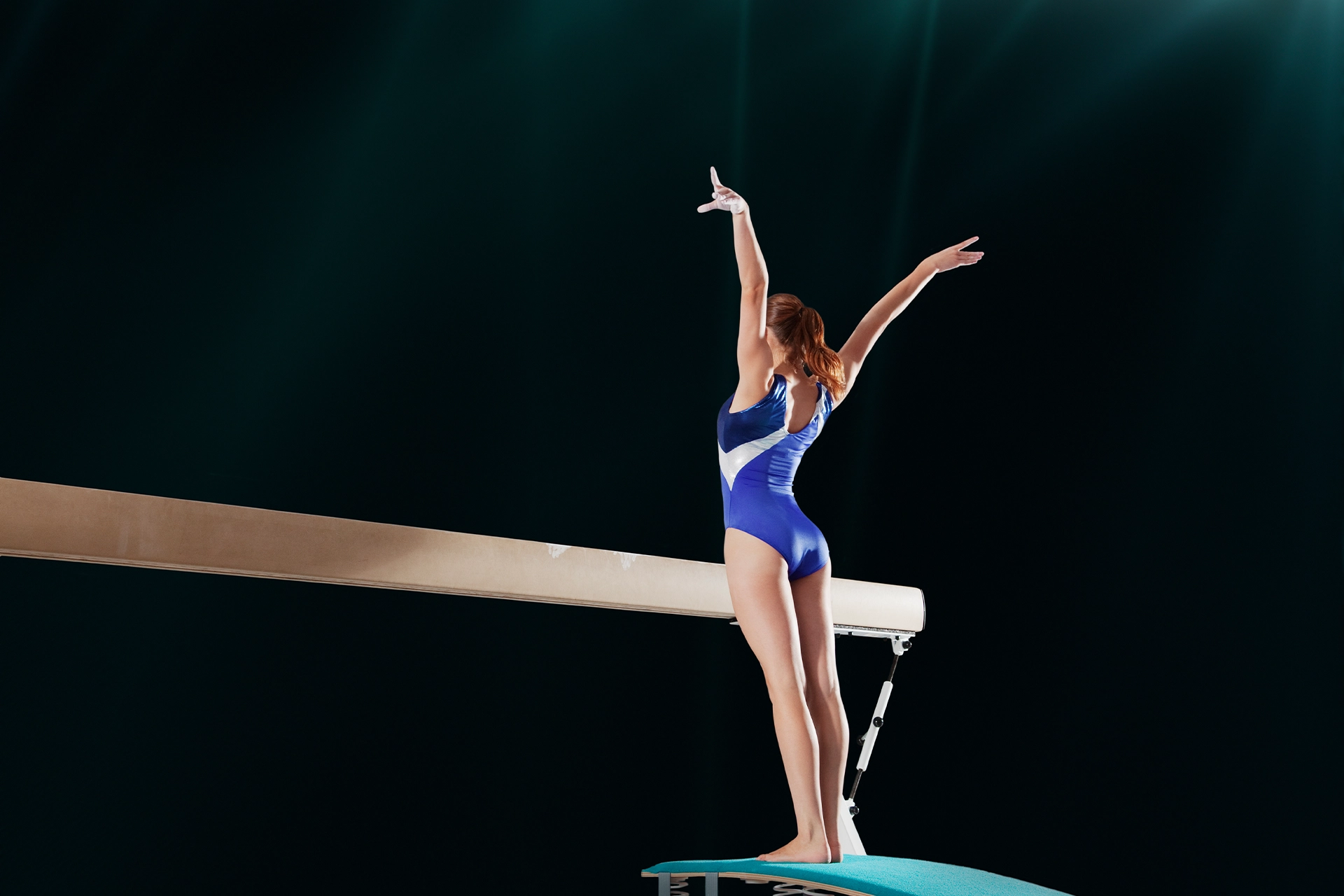
Abuse is associated with a massive mental health burden. In 2020, the Productivity Commission estimated the annual national cost of mental ill-health and suicide at AU$200 to 220 billion.
Child abuse contributes substantially to this crippling national health and economic burden.
How do we overcome the risk factors so that children in sport are better protected?
One policy response from international sports federations known for their large youth participant base and widespread abuse is to implement a minimum age.
In 1997, the International Gymnastics Federation (FIG) raised the minimum competitive age from 15 to 16 to protect the health of gymnastics, lengthen gymnasts’ careers as well as preventing injuries and burnout.

Health & Medicine
The precision of vision for Olympic gymnasts and divers
This policy is consistent with the Convention of the Rights of the Child, an international human rights’ agreement that outlines children’s right to “to engage in play and recreational activities appropriate to the age of the child”.
To address the root cause of the problem of abuse in sport, we urgently need to focus on the development, implementation and evaluation of community-driven interventions that aim to make sport safe for everyone.
In Australia, the National Principles of Child Safe Organisations sets out a nationally consistent approach to creating organisational cultures and practices that promote the safety and wellbeing of children.
The principles implement the child safe standards that were recommended by the Royal Commission into Institutional Responses to Child Sexual Abuse and bring attention to general health and safety issues for children and young people.
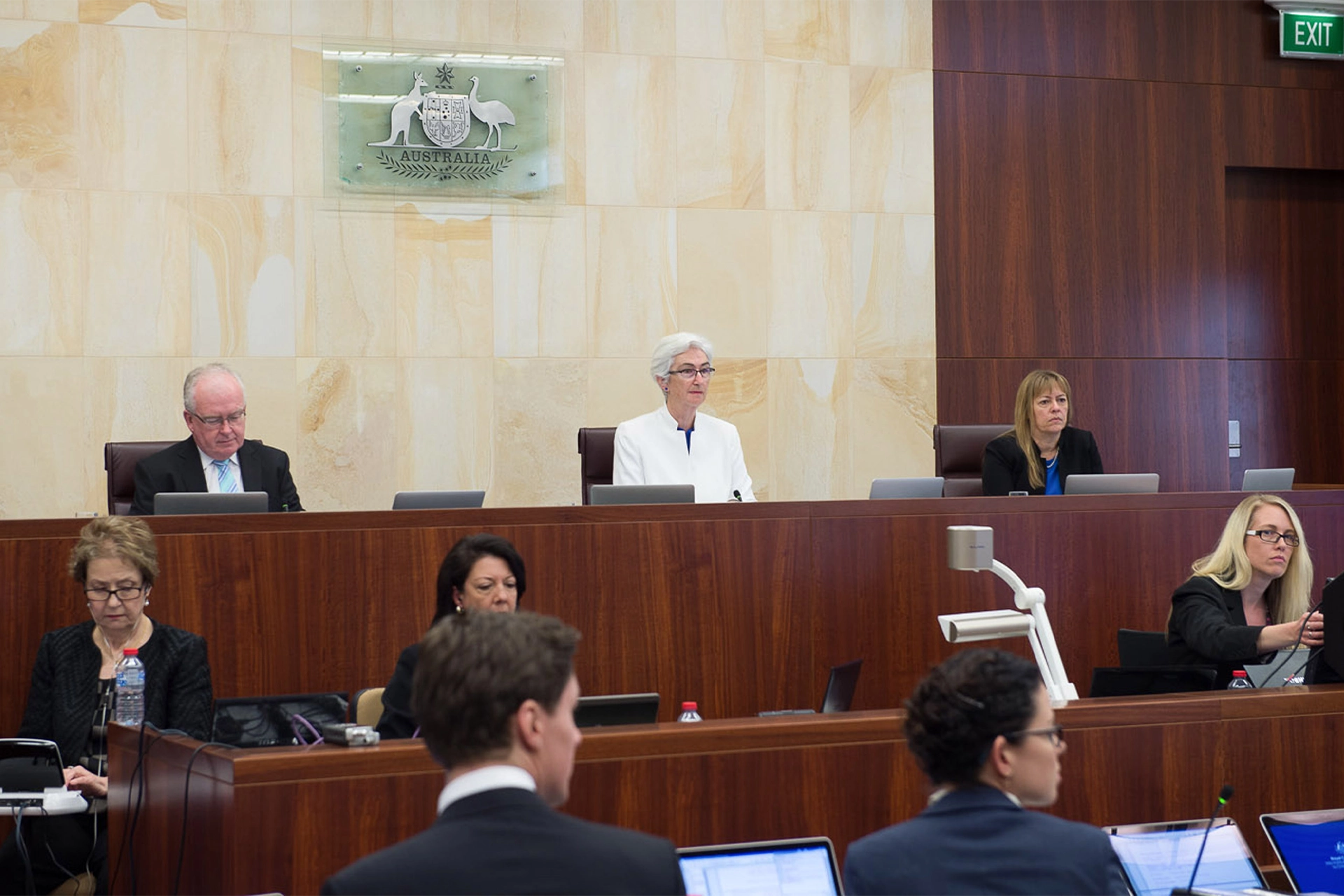
Organisations must apply preventative interventions across the board including in processes, policies and behaviours.
This includes education at all levels of participation, including directors, coaches, administrators, athletes, parents, support staff and agents.
Education should focus on understanding and preventing the full range of behaviours that can constitute child abuse and neglect in sport organisations.
These interventions should also focus on changing beliefs, attitudes, behaviours and cultures in club and organisational settings.
Any intervention must be sensitive to the nuances of the sport, the club’s location and attributes of club members (for example, Aboriginality, age, disability, gender identity, race, religion and sexual orientation).
Interventions must also take a gendered and intersectional approach that acknowledges the wide range of experiences of abuse – including sexual abuse, coercive control, psychological abuse, physical abuse and neglect – and how these vary systematically across communities and groups.
As we celebrate our young athletes competing on the Olympic stage, we must not look away from what is hidden in plain sight.
We cannot reframe the problem of abuse in sport as acceptable in pursuit of perceived higher goals, like Olympic success.
If you or anyone you know needs help or support, please contact Kids Helpline on 1800 55 1800 or Lifeline on 13 11 14.
This article was first published on Pursuit. Read the original article.